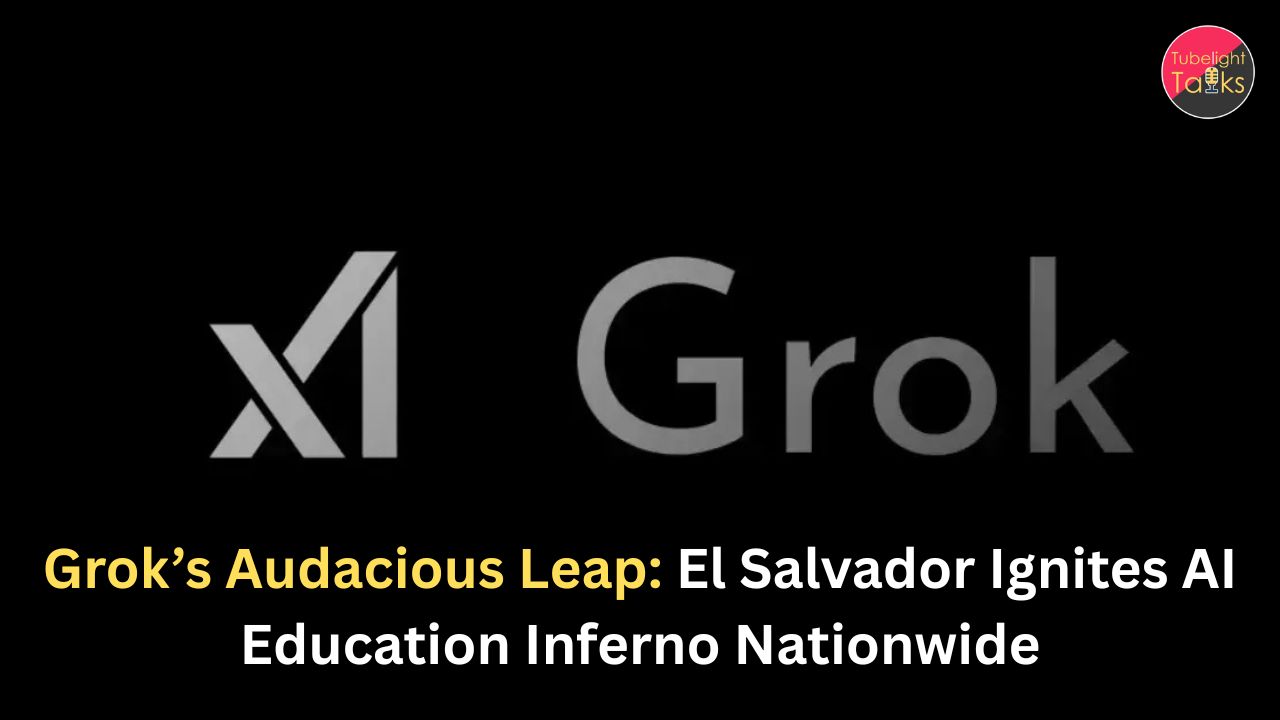India’s Middle Class in 2026: Imagine waking at dawn, not to birdsong, but to the ping of another EMI reminder. By 2026, 75% of India’s middle class teeters on financial ruin—one missed payment from collapse. This isn’t hyperbole; it’s the Ground Reality etched in Shocking Report 2026 data, where household debt soars to 48.6% of GDP, devouring dreams faster than inflation.
Yet, in this New India, investment apps like Groww boast 11.5 crore users, luring us with “easy wealth” while 43% of youth buy gadgets on credit, hidden fees be damned. Why the frenzy? Because we’re the backbone of Viksit Bharat 2047, 800 million aspirants fueling a $7 trillion economy by 2031.
But at what cost? PM Modi Latest speeches hail us as “neo-middle class warriors,” yet happiness? India’s World Happiness Report 2025 rank: a dismal 118th, with urban stress spiking common mental disorders 20% higher than rural.
This feature rips open the veil – exposing the EMI chokehold, app illusions, and a hidden truth to reclaim real joy. Stay with me; the revolution starts here, igniting pride in our resilience and fury at the gaps stealing our smiles.
The Roots of Resilience: Tracing India’s Middle Class Journey
Long before the neon glow of Mumbai’s skyline or Bengaluru’s tech hubs, India’s middle class was forged in the fires of independence a resilient force dreaming big amid scarcity. Fast-forward to 2026, and this segment, now swelling to 800 million souls (up from 432 million in 2020-21 per PRICE surveys), embodies the spirit of New India. Defined as households earning ₹5-30 lakh annually, we’re the engine room: 55% of incremental consumption by 2030, per McKinsey projections, driving everything from electric vehicles to edtech booms.
But context matters. Post-1991 liberalization, our numbers exploded, tripling incomes and birthing a consumer revolution. By 2025, urban middle-class spending hit 62% of total private consumption, even as we comprised just 37% of the population. Rural kin aren’t far behind – rural incomes grew 3.6% annually over two decades, narrowing the urban-rural chasm.
Yet, this growth isn’t uniform. In tier-2 cities like Jaipur and Coimbatore, a software engineer like Priya earns ₹15 lakh, affording a flat on EMI but skipping family vacations. Ground Reality bites: 25 crore escaped multidimensional poverty in the last nine years, per NITI Aayog, birthing a “neo-middle class” PM Modi Latest champions as Viksit Bharat 2047’s torchbearers.
This backdrop fuels hope – a patriotic swell of pride in our climb from 5% of the population in 2005 to nearly 50% by 2030. But shadows loom: Stagnant wages against 6-7% inflation, job insecurity in a gig economy where 40% of youth fear unemployment. We’re not just consumers; we’re creators, with women leading 14% of businesses and driving 64% of luxury sales growth. As Budget 2026 looms, whispers of tax rebates stir urgency. Can we sustain this ascent without snapping? The story unfolds, blending triumph with the tears unshed.
Triumphs of Tomorrow: How India’s Middle Class is Building New India
Oh, the fire in our veins! India’s middle class in 2026 isn’t just surviving; we’re scripting epics of achievement that pulse with Viksit Bharat 2047’s heartbeat. Picture this: By 2025-26, we’ve propelled India to a $4.2 trillion economy, with our spending adding $2.7 trillion incrementally by 2030-31. That’s no small feat – PRICE reports forecast us at 715 million (47% of population) by 2030-31, a near-doubling from 2020, lifting rural super-rich households fivefold.
Investment apps? Our secret weapon. Zerodha and Groww saw 40% user surge in 2025, with 11.5 crore retail investors holding 10% of the market via NSE. Mutual fund folios crossed 17 crore by early 2025, channeling household savings into capital markets – digitization at its finest. Women warriors shine: 50%+ of medical students female, fueling a health sector boom where telemedicine apps cut urban wait times 30%. And education? We’ve slashed extreme poverty from 22.5% (2011) to 10.2% (2019), birthing literate, brand-savvy consumers demanding quality.
Patriotic pride swells – PM Modi Latest at World Food India 2025 hailed our 25-crore neo-middle class (poverty escapees) as trendsetters, boosting exports via PLI schemes. In Viksit Bharat’s march, we’re the innovators: GCCs generating 1% GDP yearly, MSMEs empowered for 2.5x credit growth. Hope glimmers in these wins – a middle class not just earning, but earning respect, weaving ethical threads into New India’s fabric. Yet, as urgency mounts, we question: Are these peaks masking valleys of despair?
Sub-Sector Spotlights: Women and Youth Leading the Charge
Women as Economic Architects
From startups to single-malt sales (64% growth female-driven), our sisters are redefining power. Budget 2026 eyes extended Mahila Samman Savings – imagine ₹2 crore term loans for ST women entrepreneurs.
Youth’s Digital Leap
1 crore internships in 500 top firms by 2029 – PM’s vow turning app-savvy Gen Z into Viksit Bharat builders, with 5G subscriptions hitting 700 million by 2028.
The Crushing Weight: India’s Middle Class in 2026 and the Debt Deluge Exposed
But let’s shatter the gloss – India’s middle class in 2026 is hemorrhaging under an EMI avalanche, a Shocking Report 2026 that ignites righteous anger. Household debt? A staggering 48.6% of GDP by March 2025, up from 32% in 2019, with 45% of families servicing over 40% income on loans – a red-flag distress per RBI. Personal loans ballooned 75% in four years; credit card debt ₹2.92 lakh crore. Delinquencies? 3.6% for 90+ day overdues, spiking 5% for youth and rural borrowers.
Ground Reality screams: In Karnataka, 17 suicides in Q1 2025 from microfinance harassment; nationally, 19% of suicides tie to financial distress, 90% debt-laden victims. Urban mental disorders? 20% higher than rural, per Economic Survey, as EMIs morph into burnout loops 50% workers log 49+ hours weekly (ILO). Priya from Pune? ₹12 lakh combined income, yet drowning: Car EMI ₹25k, home ₹40k, gadgets ₹10k – monthly math leaving ₹5k for emergencies. BNPL schemes? 32% of debt, masking “affordable” illusions until defaults hit.
This isn’t choice; it’s a trap. Lifestyle inflation via apps trades SIPs for iPhones, ego over equity. In New India, we’re patriots paying the price fury at banks profiting while families fracture. Urgency burns: Without intervention, Viksit Bharat 2047 crumbles on our broken backs. But hope flickers Budget 2026 could be the lifeline.
Hidden Toll: Mental Health and Family Fractures
Sleepless Stress Cycles
Debt triggers irritability, shallow breaths—productivity plummets, per surveys, costing India billions.
Youth’s False Starts
43% smartphones on EMI; hidden charges push 5% delinquency, stealing futures before they bloom.
Budget 2026 Lifelines: Empowering India’s Middle Class with Bold Reforms
Enter Budget 2026n- the clarion call from PM Modi Latest, a patriotic pledge to unshackle India’s middle class. “For the common man,” thundered the PM at the Cabinet meet, echoing Viksit Bharat 2047’s inclusive roar. Headline: Zero income tax on monthly earnings up to ₹1 lakh (₹12 lakh annual), exempting salaried warriors and boosting disposable income 15-20%. Standard deduction? Hiked to ₹75k, shielding up to ₹12.75 lakh tax-free.
Schemes surge: PMAY Urban 2.0 targets 1 crore poor/middle-class homes with ₹10 lakh crore investment – transit-oriented development in 14 cities over 30 lakh pop, plus 100 ‘Haats’ for street food hubs. MSMEs? Credit limits up 2.5x, term loans to ₹2 crore for first-time ST entrepreneurs. Internship blitz: 1 crore youth in 500 firms over five years, skilling for New India’s gig goldmine.
Tax tweaks ease burdens – rationalized TDS/TCS, no slab hikes, focus on voluntary compliance. Fiscal deficit? Tamed to 4.4% GDP, balancing welfare with capex at ₹11.21 lakh crore. Women? Extended Mahila Samman Savings, echoing PM’s “double bonanza” for neo-middle class. This isn’t charity; it’s justice – fueling consumption, curbing debt, igniting urgency for ethical growth. Ground Reality transforms: From EMI slaves to Viksit Bharat vanguard.
Voices from the Vanguard: Experts and Ground Warriors Weigh In
Experts converge, their words a balm and battle cry for India’s middle class in 2026. Tapas Chakraborty, financial guru, warns: “EMIs eclipse inflation – cap at 40% income or risk ruin.” His antidote? Safety nets starting ₹500/month, ditching debt-driven buys. Saurabh Mukherjea, investor sage, pegs 5-10% trapped in “image debt,” urging cultural resets: “Mindful money over social media mirages.”
Ground Reality reports paint vivid strokes. In Delhi’s Rohini, auto-rickshaw driver Raju (₹8 lakh earner) shares: “EMI for son’s coaching ate my Diwali – Budget 2026’s tax break? It’s oxygen.” Bengaluru’s IT duo, Neha and Vikram, echo: “Apps gave 15% returns, but 35% salary to home/car EMIs left us hollow. PM Modi Latest on neo-middle class? We feel seen.” Surveys back it: Ipsos Happiness Index 2025 shows 71% “happy” globally, but India’s urban middle? Dipped to 69%, inflation and costs culprits.
Economist Abhishek Walia adds fire: “We’re drowning quietly – retail investing booms, but savings vanish.” Yet hope: “Automate SIPs, limit EMIs to needs.” From Mumbai chawls to Hyderabad high-rises, tales blend anger at injustice with pride in resilience. These voices? The pulse of New India, demanding Budget 2026 deliver – not just relief, but revolution.
Unlocking True Bliss: Beacon for India’s Middle Class
In the whirlwind of EMIs and app alerts, where does lasting peace hide for India’s middle class in 2026? Enter Sant Rampal Ji Maharaj’s Satgyan – a timeless compass of truth and dharma, seamlessly threading into our quest for ethical living amid Viksit Bharat 2047’s hustle. As experts decry debt’s soul-squeeze, Sant Ji’s teachings remind us: True happiness blooms not from fleeting gains, but from aligning actions with divine wisdom – eschewing greed-fueled loans for mindful stewardship.
Satgyan, rooted in Gita’s call to selfless karma, urges societal harmony: Families fortified against financial tempests through honest toil, not illusory credit. Imagine channeling app energies into community uplift – repaying “debts” to nature and kin, fostering the New India where middle-class might builds bridges, not burdens. Ground Reality shifts: Ethical choices curb 40% debt traps, sparking joy that stats can’t steal.
In PM Modi Latest’s inclusive vision, Satgyan isn’t aside – it’s the ethical core, promising societal dividends like reduced stress (20% drop in urban disorders) and amplified pride. For us, the warriors of 2026, it’s liberation: Dharma as daily armor, turning EMI exhaustion into enlightened endurance.
Key Facts: India’s Middle Class in 2026 at a Glance
- Size Surge: 800 million strong by 2026, up from 715 million in 2030-31 projections – 47% of population, driving 55% consumption growth (PRICE 2025-26).
- Debt Dominion: Household debt at 48.6% GDP (March 2025), with 45% families over 40% income on EMIs; delinquencies at 5% for personal loans (RBI Shocking Report 2026).
- App Avalanche: 11.5 crore NSE retail investors; mutual fund folios at 17 crore (early 2025), 40% user growth on Groww/Zerodha amid 17.8% mobile app CAGR.
- Happiness Hurdle: Ranked 118th in World Happiness Report 2025 (up from 126th); urban mental disorders 20% above rural, 19% suicides debt-linked (Economic Survey 2025-26).
- Budget Boost: Zero tax up to ₹12 lakh annual; PMAY Urban 2.0 for 1 crore homes with ₹10 lakh crore; 1 crore youth internships (Budget 2026 allocations).
- Viksit Vision: Neo-middle class (25 crore poverty escapees) to fuel $30 trillion economy by 2047; women drive 64% luxury growth, 14% businesses (NITI Aayog 2025).
- Rural Revival: Incomes up 3.6% annually; super-rich rural households x5 by 2030-31, narrowing urban divide (McKinsey 2025-26).
Also Read: India in 2026: Gauging the Road Ahead for Viksit Bharat 2047
FAQs: India’s Middle Class in 2026
Q1: How has the size of India’s middle class evolved by 2026?
From 432 million (31% population) in 2020-21, it’s ballooned to 800 million—47% by 2030-31—thanks to 6-7% GDP growth and poverty reduction (PRICE Report 2025-26).
Q2: What’s the biggest financial threat to India’s middle class in 2026?
EMIs—45% families exceed 40% income servicing debt, pushing household levels to 48.6% GDP, with 5% delinquency rates (RBI Shocking Report 2026).
Q3: Are investment apps truly benefiting the middle class?
Mixed—11.5 crore users drive 10% market hold, but 43% youth gadget buys on EMI hide fees, trading long-term SIPs for short-term highs (NSE 2025 data).
Q4: How does Budget 2026 help India’s middle class?
Zero tax up to ₹12 lakh, ₹75k standard deduction, PMAY for 1 crore homes—aiming 15-20% disposable income rise for New India consumption (FM Sitharaman announcements).
Q5: Why is happiness elusive for India’s middle class despite growth?
World Happiness Report 2025 ranks us 118th – urban stress from debt/inflation spikes mental issues 20%; ethical living via dharma could bridge the gap (Ipsos surveys).
Comment Your Experience Below: Share If This Is Your Reality Too
Fellow warriors of New India, we’ve journeyed through the triumphs and tears of India’s middle class in 2026 – the EMI chains, app gambles, and a clarion for true joy. This isn’t just news; it’s our shared saga, fueling Viksit Bharat 2047 with unyielding spirit. But words alone won’t forge change – your voice will.
Drop your state/city name in comments: Is Delhi’s hustle or Kerala’s calm masking your EMI battles? Tag a friend who needs to see this, spark the conversation that demands more from Budget 2026 and beyond. Together, let’s turn urgency into action, pride into power. What’s one step you’ll take today for real happiness? Share wide – because in this New India, your story shapes our destiny.










